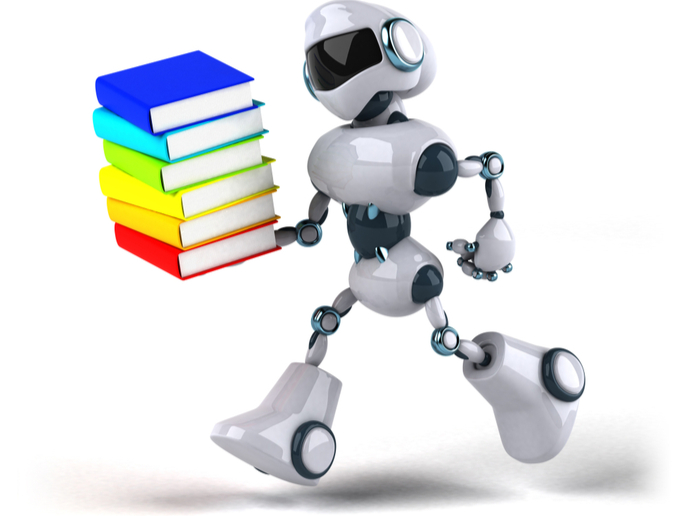Digital curation helps unveil historical truth about the Holocaust buried in archives
Commemorating the Holocaust helps ensure that neither victims nor perpetrators are forgotten. While much visual material is available thanks to Allied military personnel, little has been digitised or exists in formats useful for contemporary research. The EU-supported VHH (Visual History of the Holocaust: Rethinking Curation in the Digital Age) project is using digital techniques to dynamically link film about the discovery of Nazi concentration camps and other sites of atrocities, with supplementary photographs, audio and text. “One of the project’s main objectives is developing a new understanding of digital curation and examining the possibilities offered by artificial intelligence (AI),” explains project coordinator Ingo Zechner. The system is intended for media researchers and producers, teachers, cultural heritage curators and tourism professionals, amongst others. While some software components were off-the-shelf, such as the optical character recognition engine software (Tesseract), much was customised – creating new solutions.
A modular system
VHH set out to make available as much visual media about the Holocaust as possible, sourcing material often previously restricted to specialist institutes, such as the Imperial War Museums in the United Kingdom. To achieve this, the material – film, audio, photographs and text documents – is digitised for a digital repository. Artificial intelligence in the form of machine learning is used for the automatic analyses of text and film documents. Text documents, once scanned, are processed with transcription software that provides the basis for indexing and searchability. Translation software has also been piloted to capture foreign language text. With film, automated analysis software, created by the project, detects individual shots, camera techniques and objects, with meta tags added for searchability. The system then suggests related or similar material and links items. Users view the digitised films on a new media player designed to preserve the specifics of the analogue originals. It was important for the project to make material available in its raw state. “With film, users can view unedited footage, learning about the immediate context, inferring something about why footage was selected or left out and sometimes about the people behind the production,” says Zechner, director of the Ludwig Boltzmann Institute for Digital History, the project host. The system is accessed via a website, and as it has a geolocation function can highlight available resources for that location, especially useful for areas which may have little material. “You can imagine a user accessing what we have via a mobile device as they wander around a site,” adds Zechner. It also has a timeline feature, allowing users to access material for an event or location over time.
Recontextualising place and time
VHH’s approach offers a richer understanding of history to offer society an innovative approach to learn about the past. They produced ready-for-use automatic analysis tools for future automatic text analysis and created curatorial solutions for the transparent presentation and comparison of automatic and manual analysis results. For example, while the American military were recording evidence of atrocities in the spring of 1945, the Soviets had already been doing so since 1941. “Seeing footage of Soviet soldiers encountering atrocity sites beyond concentration camps, reinforces just how decentralised the barbarism was, with cruelty meted out face to face. We wouldn’t have known much about that otherwise,” remarks Zechner. VHH’s prototype has been undergoing seven sets of user trials with film students, media producers, tour guides and schoolteachers in university courses, carried out at memorial sites Mauthausen and Gusen and at the office or home of participants. Feedback has already been integrated to improve the system and ensure the most relevant features. The team has also worked on a digitisation toolkit for cultural heritage objects and the release of their metadata model, adapted from the previous EU-supported EFG project. All the software developed is open-source and the code will be released as open access on GitHub. “The analysis of curatorship in the digital age and the development of curatorial best practice models would not have been possible without the use of AI,” concludes Zechner. Furthermore, the VHH project demonstrates the potential of AI technology for analysis of much larger sets of films, photographs and other historical documents, which can be applied in various other cultural heritage projects.
Keywords
VHH, digitisation, digitise, Holocaust, atrocities, film, archive, transcription, translation, memorial, concentration camps, social innovation







